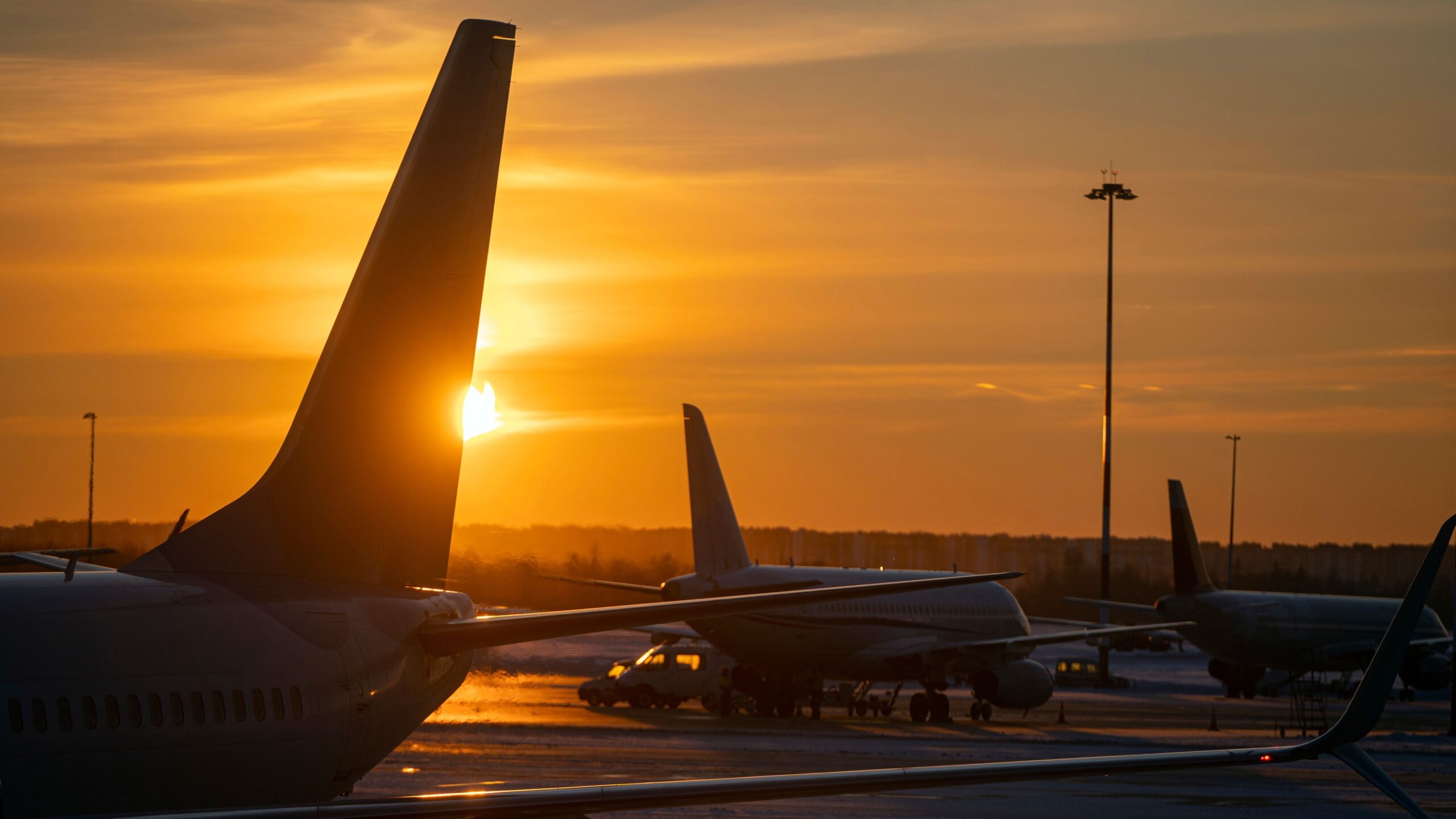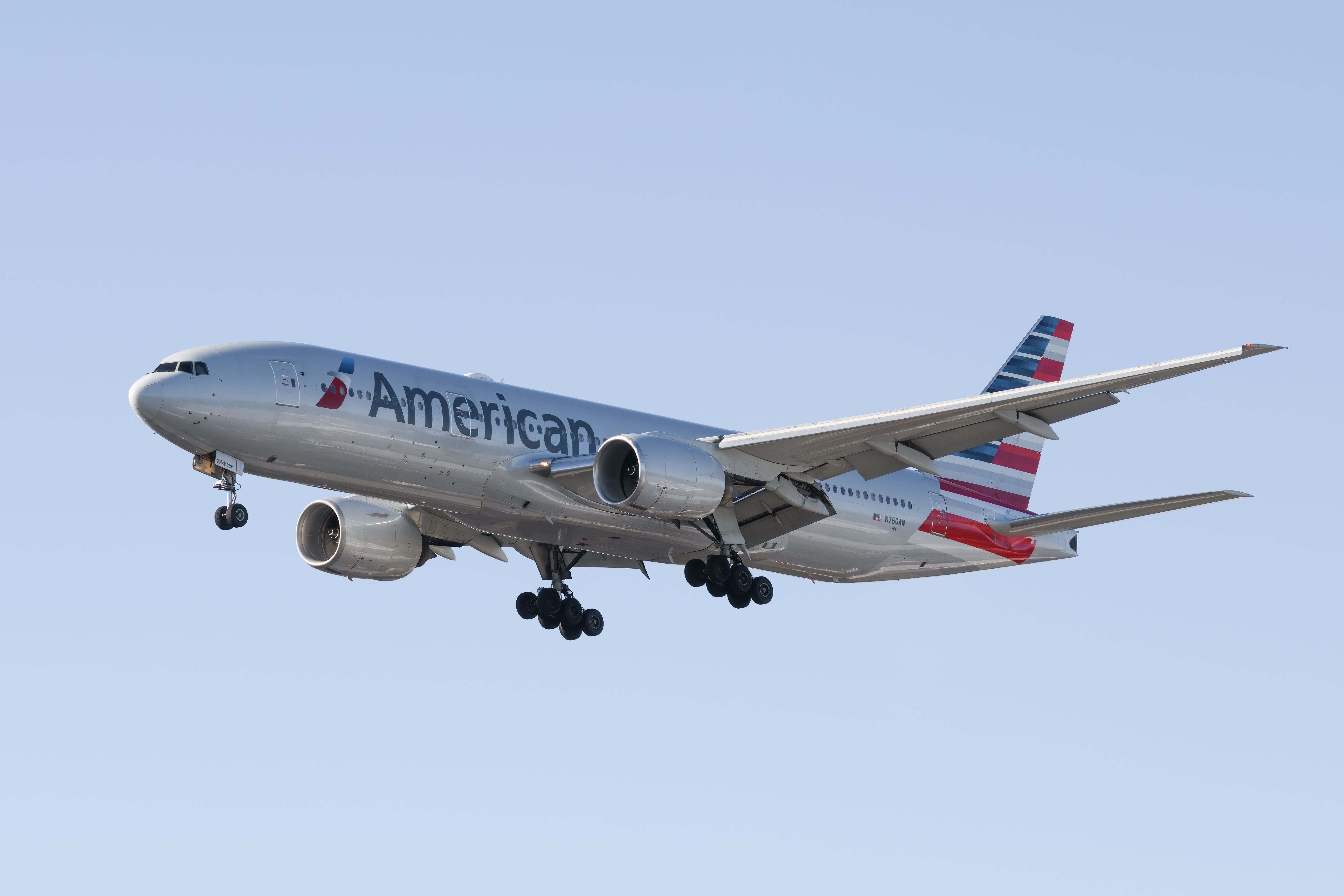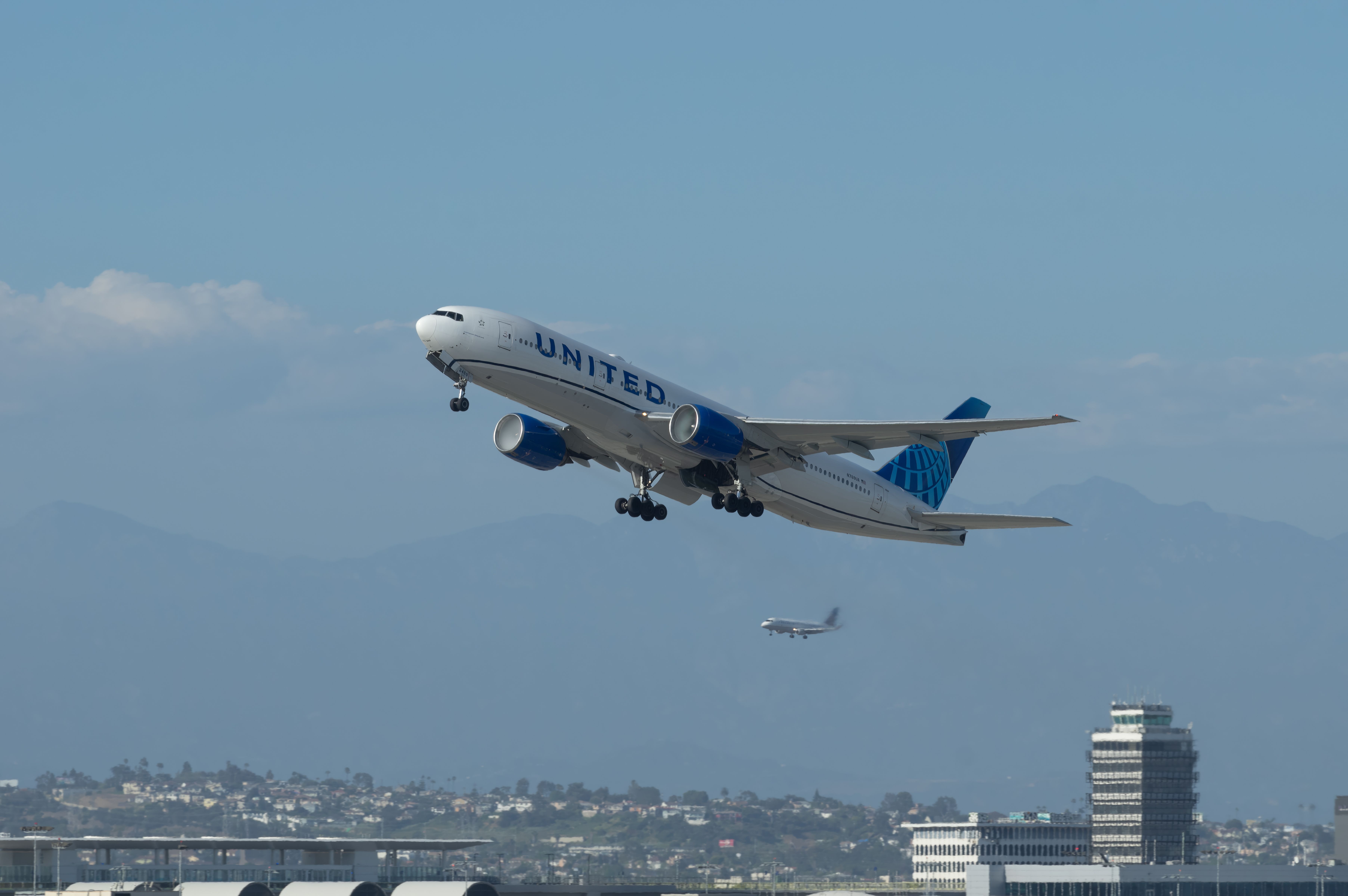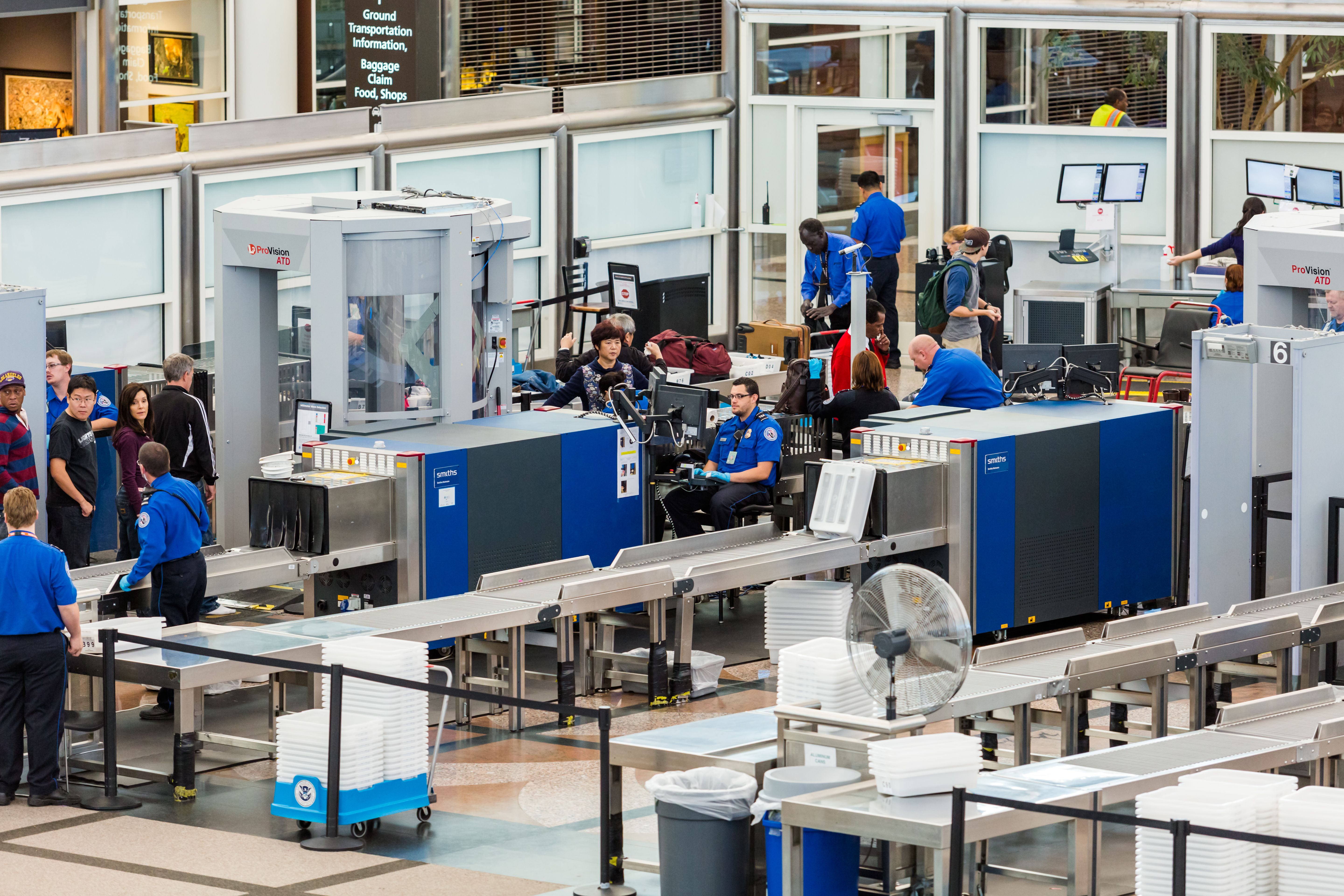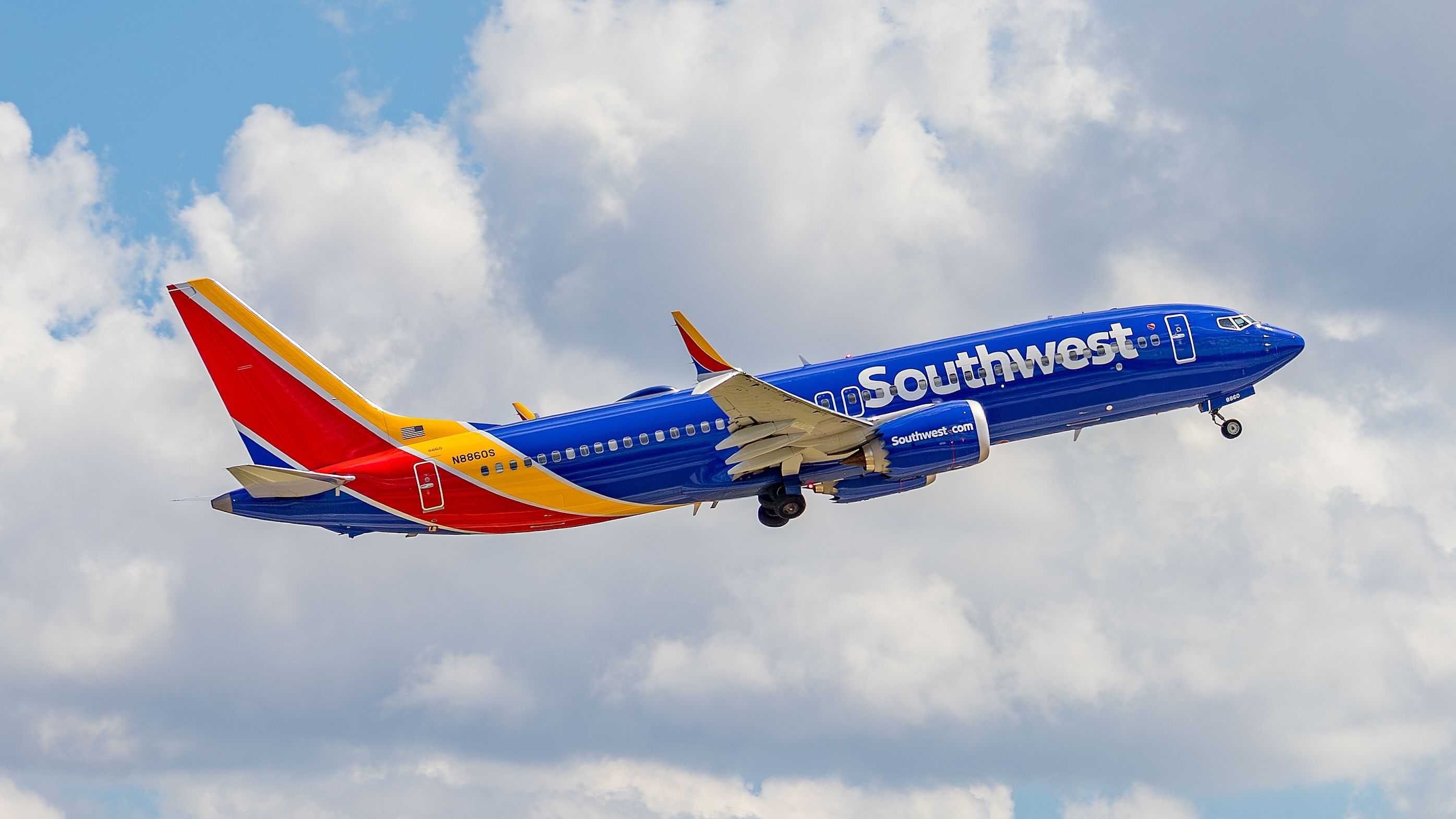Summary
- Flight cancelation in the first half of 2024 remained low in the US.
- Weather remains the top cause of flight cancelations.
- The US is witnessing record-breaking passenger numbers, with the TSA screening more than 3 million passengers in one day recently.
The COVID-19 pandemic was undoubtedly one of the biggest blows to the aviation industry in history. The year 2020 understandably saw massive flight disruption as world travel practically came to a halt. However, the industry continued to struggle for a few more years as a staff shortage worldwide impacted the airline’s ability to scale.
But the 2024 numbers have been encouraging, with the FAA reporting that flight cancelations in the country were less than 1.5% in the first half, one of the lowest in the last 10 years.
Only 1.4% of flights canceled so far
The Federal Aviation Administration (FAA) has revealed that only 1.4% of flights were canceled in the first half of this year, which is among the lowest in the last decade. While issues such as staff shortages slowed down industry growth in the last few years, weather continues to be the leading cause of flight cancelations, according to the FAA.
Photo: Ian Dewar Photography | Shutterstock
A quick look at the numbers in the table below (sourced from Aviation Systems Performance Metrics) reveals that 2024’s figure is just short of 2016’s lowest flight cancelation rate of 1.3%.
|
Year |
% of flights canceled in the first half |
|---|---|
|
2015 |
2.5% |
|
2016 |
1.3% |
|
2017 |
1.4% |
|
2018 |
1.7% |
|
2019 |
2.1% |
|
2020 |
8.8% |
|
2021 |
1.5% |
|
2022 |
2.8% |
|
2023 |
1.4% |
|
2024 |
1.4% |
Of course, it wasn’t a good start to the second half of 2024, with inclement weather disrupting airline operations in some parts of the country. Severe storms in the Midwest and Southeast resulting from Hurricane Beryl forced airlines to cancel thousands of flights.
Airports such as William P. Hobby Airport (HOU), George Bush Intercontinental Airport (IAH), and Dallas Fort Worth International Airport (DFW) were some of the worst affected, with United Airlines being particularly impacted.
Photo: Angel DiBilio | Shutterstock
Busier than ever
These figures come at a time when the United States is witnessing record passenger numbers. On July 7, the final day of the nation’s Independence Day holiday celebrations, the TSA screened 3,013,413 passengers at airport security checkpoints nationwide. This was around 35 passengers per second. US Transportation Secretary Pete Buttigieg remarked earlier this month,
“This year’s record-breaking air travel is another good sign for our economy as more Americans take to the skies than ever before. To help avoid travel headaches, the Biden-Harris Administration has taken historic action to modernize airports and expand passenger protections for a smoother travel experience.”
Photo: Arina P Habich | Shutterstock
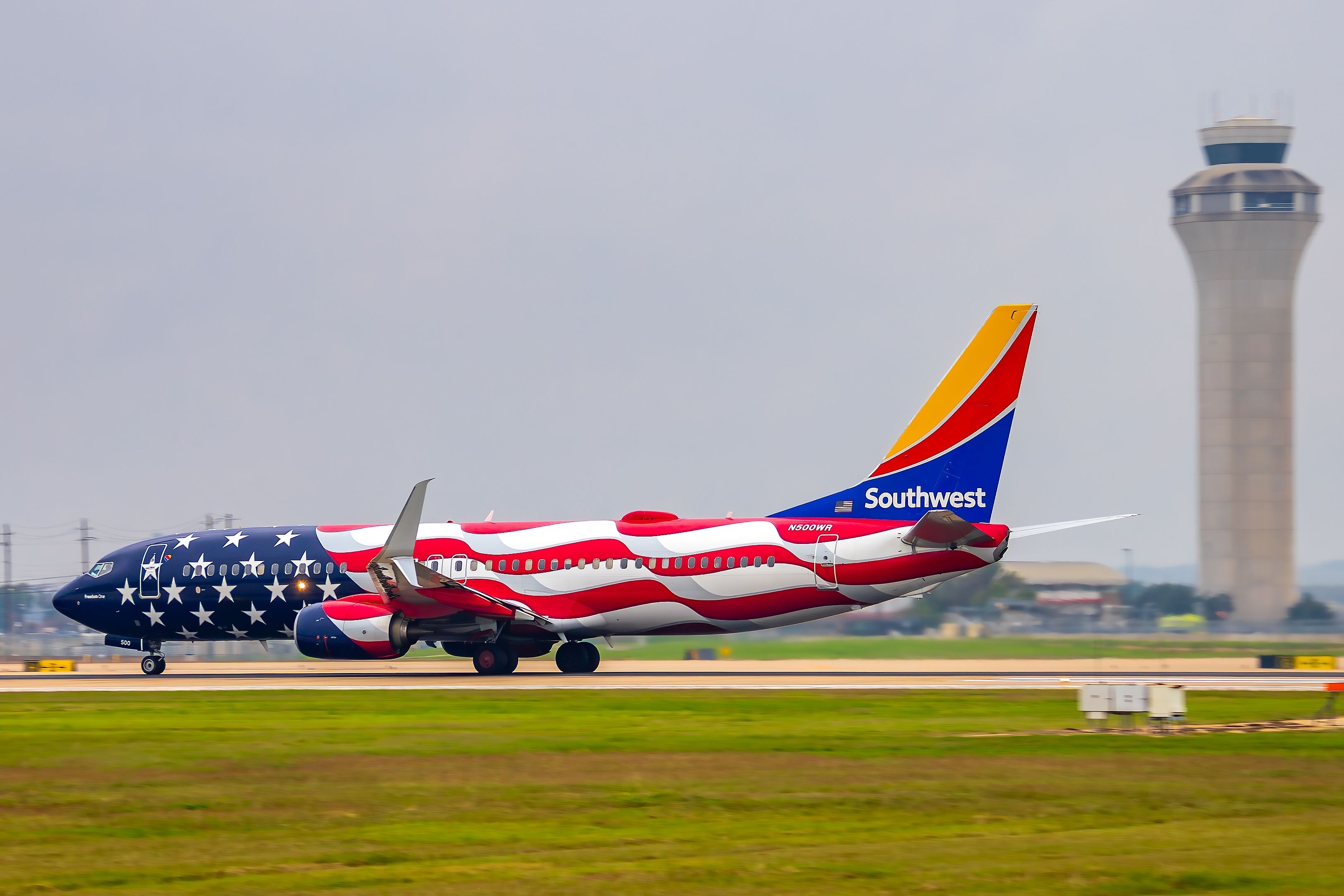
Related
35 Passengers Per Second: TSA Maintains Safety Standards Through Record Air Travel Numbers
Over three million people flew on Independence Day Sunday alone, and this summer has seen nine of the top ten busiest travel days in TSA history.
Passenger rights consolidated
Indeed, several actions have been taken by the present administration to improve airline passenger rights. These include, among others:
- A new rule mandating airlines to give customers automatic cash refunds when owed, such as when their flight is canceled or significantly changed, and they no longer wish to take that flight or be rebooked.
- Protecting consumers from surprise airline junk fees. Airlines are required to disclose critical extra fees – like change fees and baggage fees – upfront to create a more competitive market.
Photo: lorenzatx | Shutterstock
- Securing almost $4 billion in refunds and reimbursements that belonged to airline passengers.
- Nearly $170 million in penalties have been missed by the administration against airlines for consumer protection violations.

